Livestock Management
More Topics
thumbnail
Market News
Smithfield Foods honored for workforce developmentSmithfield Foods honored for workforce development
Pork producer received two workforce development awards from the North Carolina State Board of Community Colleges, American Association of Community Colleges.
Subscribe to Our Newsletters
National Hog Farmer is the source for hog production, management and market news

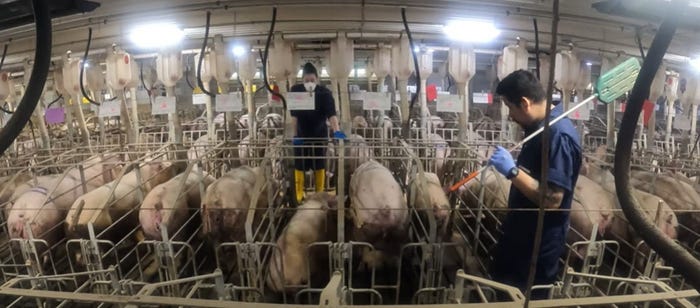
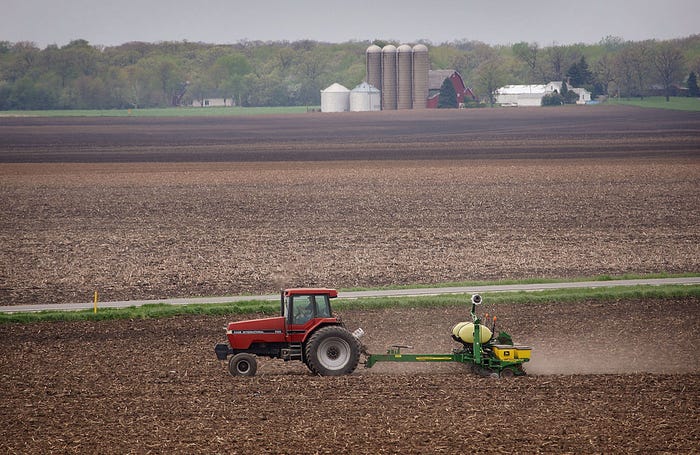



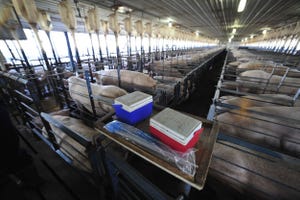






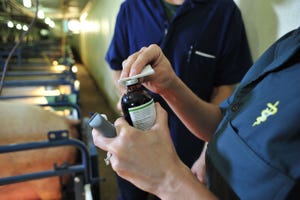




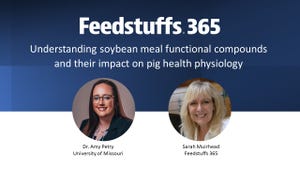












.jpg?width=300&auto=webp&quality=80&disable=upscale)





